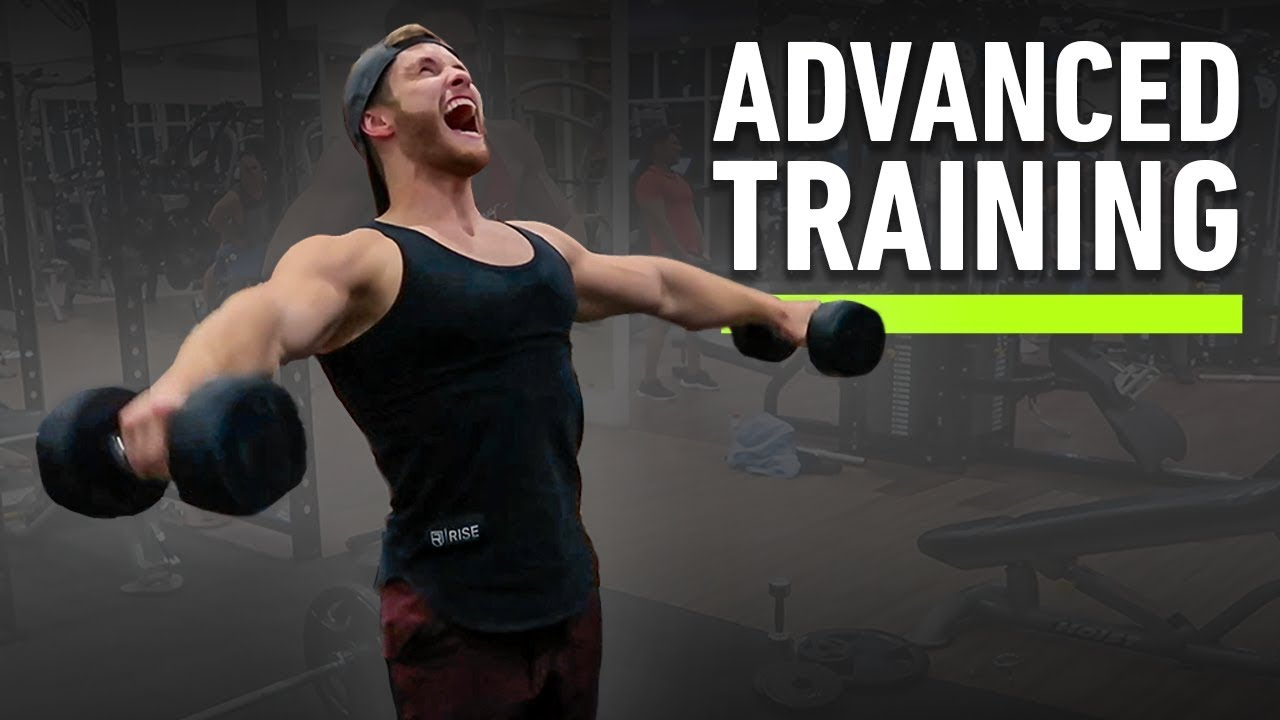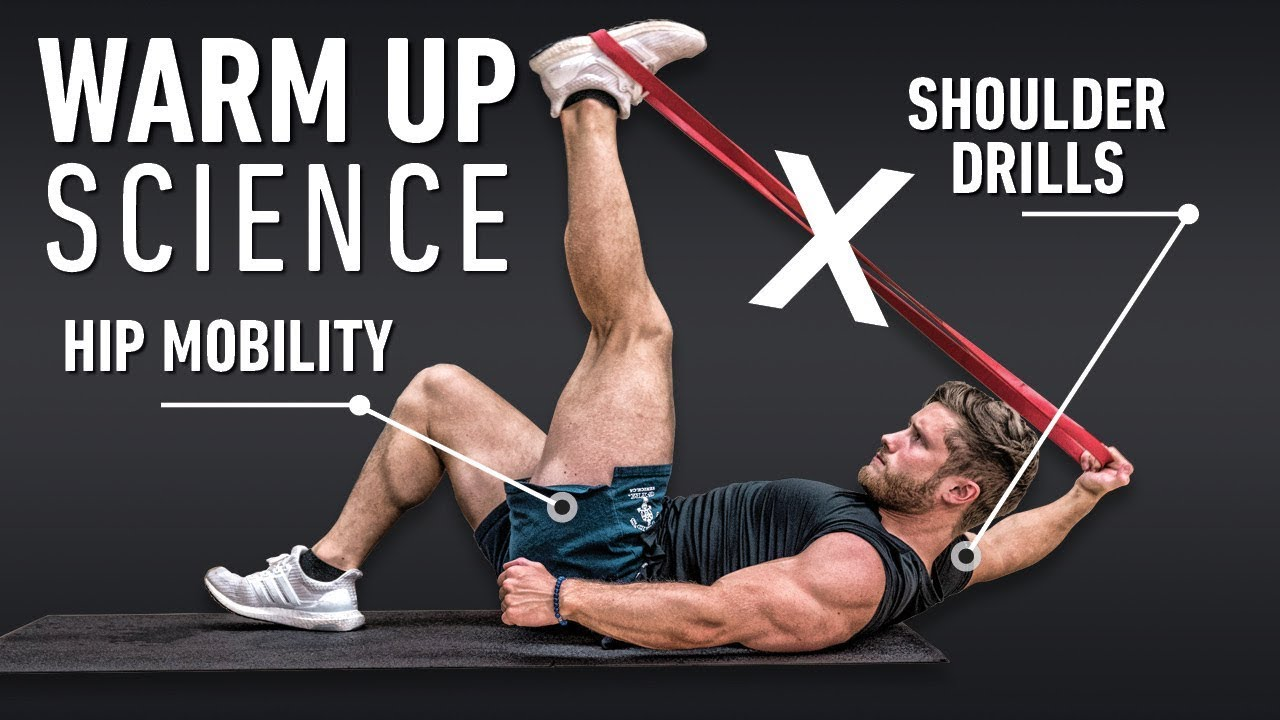Bali isn’t just a paradise for beach lovers—it’s also a fantastic destination for fitness enthusiasts. During a recent trip to Ubud and Seminyak, I had the unique opportunity to train alongside Menno Henselmans, one of the most respected voices in the evidence-based fitness community. Our workout session revealed valuable insights into high-frequency full-body training, intelligent exercise selection, and techniques that maximize hypertrophy. Here’s a complete breakdown of the session, including practical tips you can apply to your own training.
The Rise of High-Frequency Full-Body Training
Years ago, bodybuilding culture was dominated by traditional splits—body-part-specific routines, push-pull-legs programming, or at most, upper-lower training splits. Menno was one of the pioneers who challenged that standard, advocating for full-body sessions performed five times a week. This approach focuses on stimulating each muscle more frequently, which can potentially lead to superior hypertrophy, especially for natural athletes.
Training full-body five days weekly isn’t just about volume; it’s about optimizing recovery, intensity, and exercise selection. Many athletes, including well-known evidence-based coaches like Eric Helms, have adopted this high-frequency approach with impressive results.
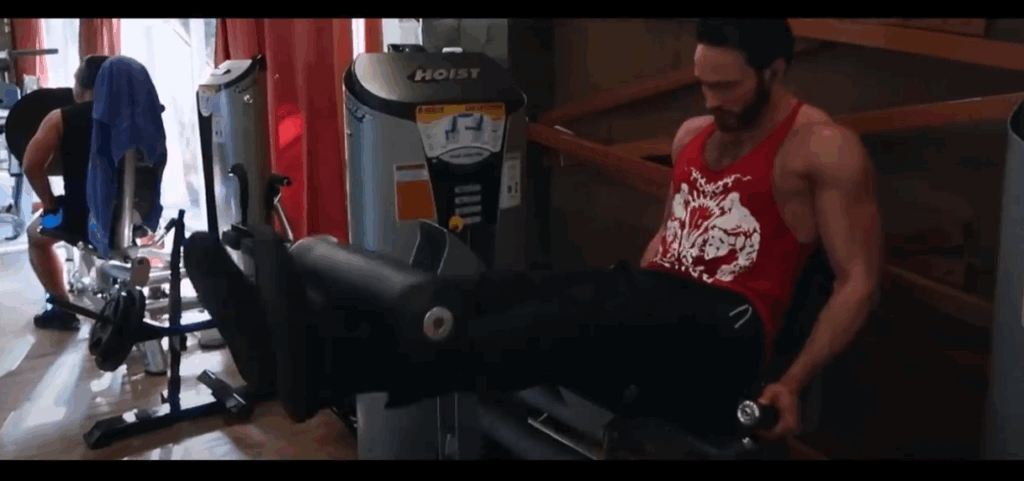
Warm-Up: Prepping for a Demanding Session
We kicked off with a simple but effective warm-up. Menno opted for the elliptical, while I used the stationary bike. The goal wasn’t to burn calories but to elevate our heart rates, lubricate the joints, and mentally transition into the workout. A warm-up doesn’t need to be elaborate—5 to 10 minutes of moderate cardio can be enough to prime the body for heavy lifting.
Romanian Deadlifts: Technique Insights From Menno
Our first major lift was the Romanian deadlift (RDL), a cornerstone posterior chain exercise. Menno’s technique stood out for several reasons:
- The “American” Lockout: He performs the RDL with a noticeable hip drive at the top, slightly bending the knees and pushing the hips forward. This technique maximizes glute activation while maintaining lumbar spine safety.
- Going Heavy for Mechanical Tension: Menno believes heavier loads—when performed with good form—create higher mechanical tension, which is a key driver of muscle growth. He worked with nearly five plates, while I preferred a moderate load (around three plates) to better isolate my hamstrings and establish a strong mind-muscle connection.
- Stretch vs. Tension Debate: Many lifters prioritize feeling a deep hamstring stretch, but as Menno explained, the sensation of a stretch doesn’t always equate to optimal mechanical tension. Heavier weights with controlled form can recruit more muscle fibers, especially in the glutes.
Takeaway: If your goal is maximum hypertrophy, experiment with both approaches—lighter weights with a deep stretch for mind-muscle connection and heavier loads for mechanical tension.
Blood Flow Restriction (BFR) Leg Extensions
Next, we moved to BFR (or KAATSU) leg extensions. By restricting venous return with wraps, the muscles experience a rapid build-up of metabolites, creating an intense burn and muscle pump.
The sensation is unique compared to high-rep training without BFR. When near failure, your muscles literally hit a wall—there’s no pausing and grinding out extra reps. This makes BFR an excellent tool for hypertrophy when joint stress or recovery capacity is a concern.
Rep Range: We performed high-rep sets close to failure, focusing on squeezing the quads throughout the entire movement.
Calf Jumps: Eccentric Overload for Growth
Calves are notoriously stubborn, so we added calf jumps to the session. This exercise allows for eccentric overloading:
- How to Perform: Use some knee bend and momentum to “cheat” the weight up during the concentric (jumping phase). Then, lock the knees and slowly lower the weight, emphasizing the stretch at the bottom.
- Why It Works: The calves can handle very heavy loads eccentrically. Overloading them in this stretched position may recruit more muscle fibers and stimulate growth better than standard calf raises.
Machine Chest Press: High-Rep Hypertrophy
Because of elbow discomfort, we switched to a machine chest press for high-rep work. A convergent machine (one that allows the handles to move inward, mimicking a dumbbell fly pattern) is ideal because it keeps tension on the chest throughout the full range of motion.
High-rep sets were taken close to failure to maximize recruitment of fast-twitch fibers, which are most responsible for muscle growth.
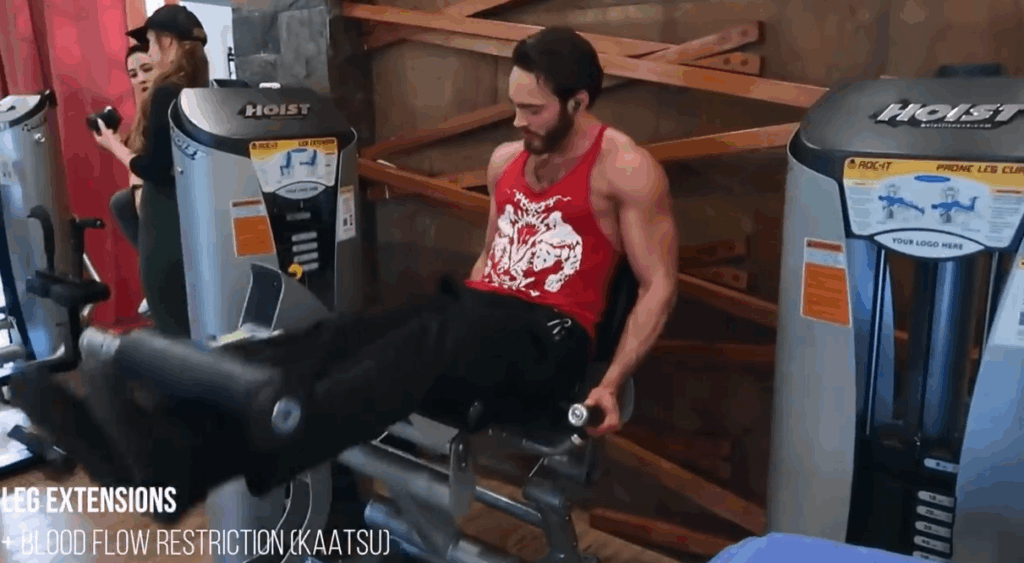
Butterfly Lateral Raises: Smart Cheating for Shoulder Gains
Traditional lateral raises lose tension at the bottom of the movement. To fix this, we used a “butterfly” variation:
- Technique: Swing the dumbbells slightly at the bottom (using controlled momentum), raise them past shoulder level with external rotation, then slowly lower them.
- Why It Works: Using momentum only for the concentric phase allows you to overload the eccentric portion, which research suggests can produce greater hypertrophy. This variation also recruits upper traps more effectively due to the higher arm abduction.
Bayesian Cable Curls: Continuous Tension for Biceps
Unlike dumbbell curls, which lose tension at the top and bottom, Bayesian cable curls keep constant tension on the biceps:
- Stand slightly away from the cable, leaning forward.
- Allow your arm to extend fully at the bottom for a deep stretch.
- Curl smoothly, keeping tension throughout the entire range.
This is one of the best bicep exercises for targeting fibers across their full length.
Lat Prayers: Stretch-Focused Lat Training
For lats, we used a kneeling version of the straight-arm pulldown, called “lat prayers.” This movement allows for a deep stretch at the top and strong contraction at the bottom, targeting fibers often neglected by rows and deadlifts.
Recent research suggests that training muscles in a stretched position may stimulate additional hypertrophy by adding sarcomeres in series, literally lengthening the muscle over time.
Grip Training: The Forgotten Element
Grip work is often overlooked but critical for pulling performance. A quick way to build grip strength is to add static holds after heavy pulling movements like RDLs. Simply hold the bar until failure, strip weight, and repeat for multiple drop sets.
Key Training Principles From This Session
- High-Frequency Full-Body Training Works: Training each muscle multiple times per week can lead to better growth, provided volume and recovery are managed.
- Mechanical Tension Over Mind-Muscle Connection: While feeling the muscle work is useful, heavier loads with proper form often create superior hypertrophy stimuli.
- Eccentric Overload is Underrated: Calf jumps, butterfly lateral raises, and other eccentric-focused exercises can accelerate muscle growth.
- Combine High and Low Reps: Mixing heavy compound lifts with high-rep isolation work targets different hypertrophy pathways.
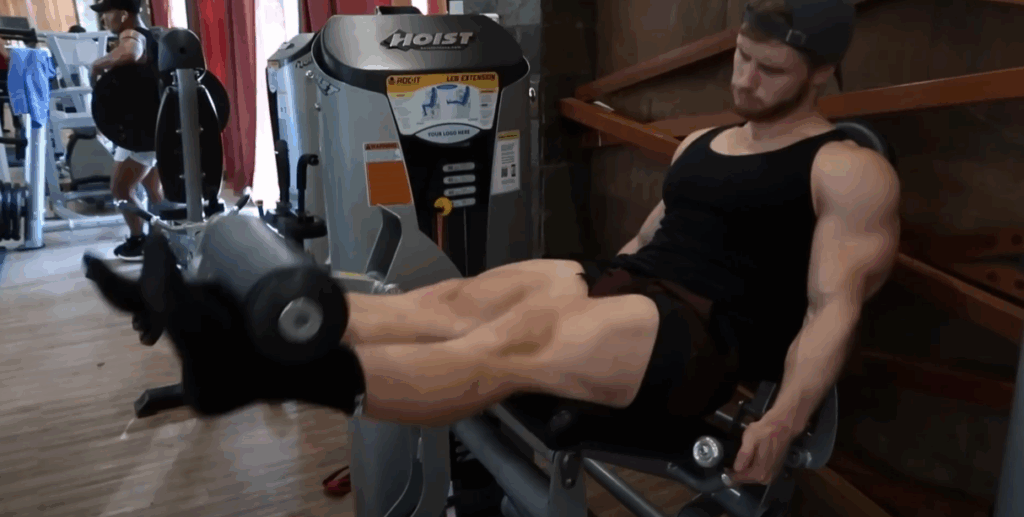
Post-Workout Nutrition in Bali
We wrapped up the session with a well-deserved sushi feast—salmon nigiri, California rolls, and miso soup. Whether you believe in the “anabolic window” or not, replenishing protein and carbs after an intense workout helps kickstart recovery.
Final Thoughts
Training with Menno reinforced the importance of evidence-based programming. Whether you’re a competitive bodybuilder or a casual lifter, adopting principles like full-body frequency, eccentric overloading, and strategic exercise selection can help maximize your muscle-building potential. Bali may be famous for its beaches and exotic fruit, but for us, it was also a reminder that intelligent training works anywhere in the world.


